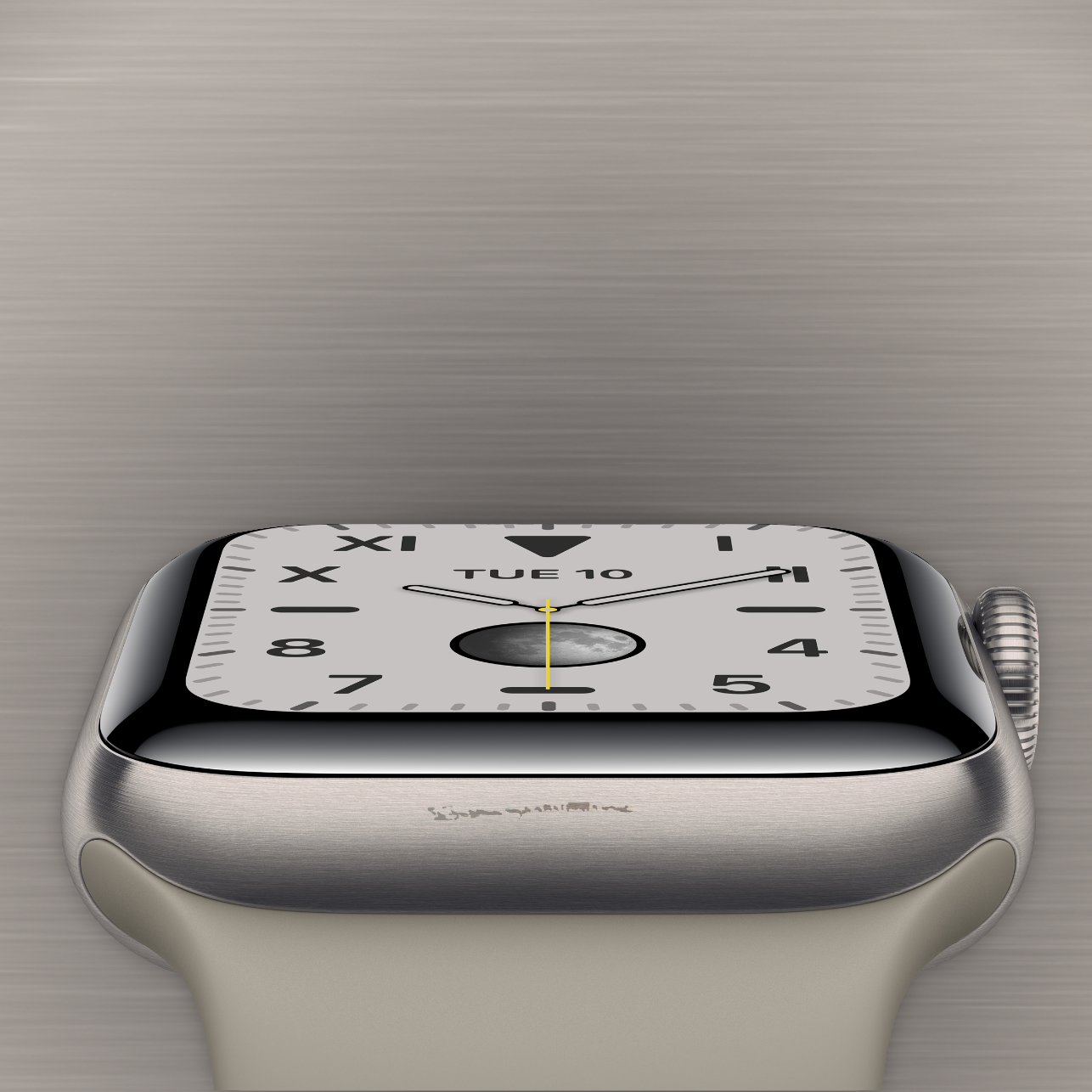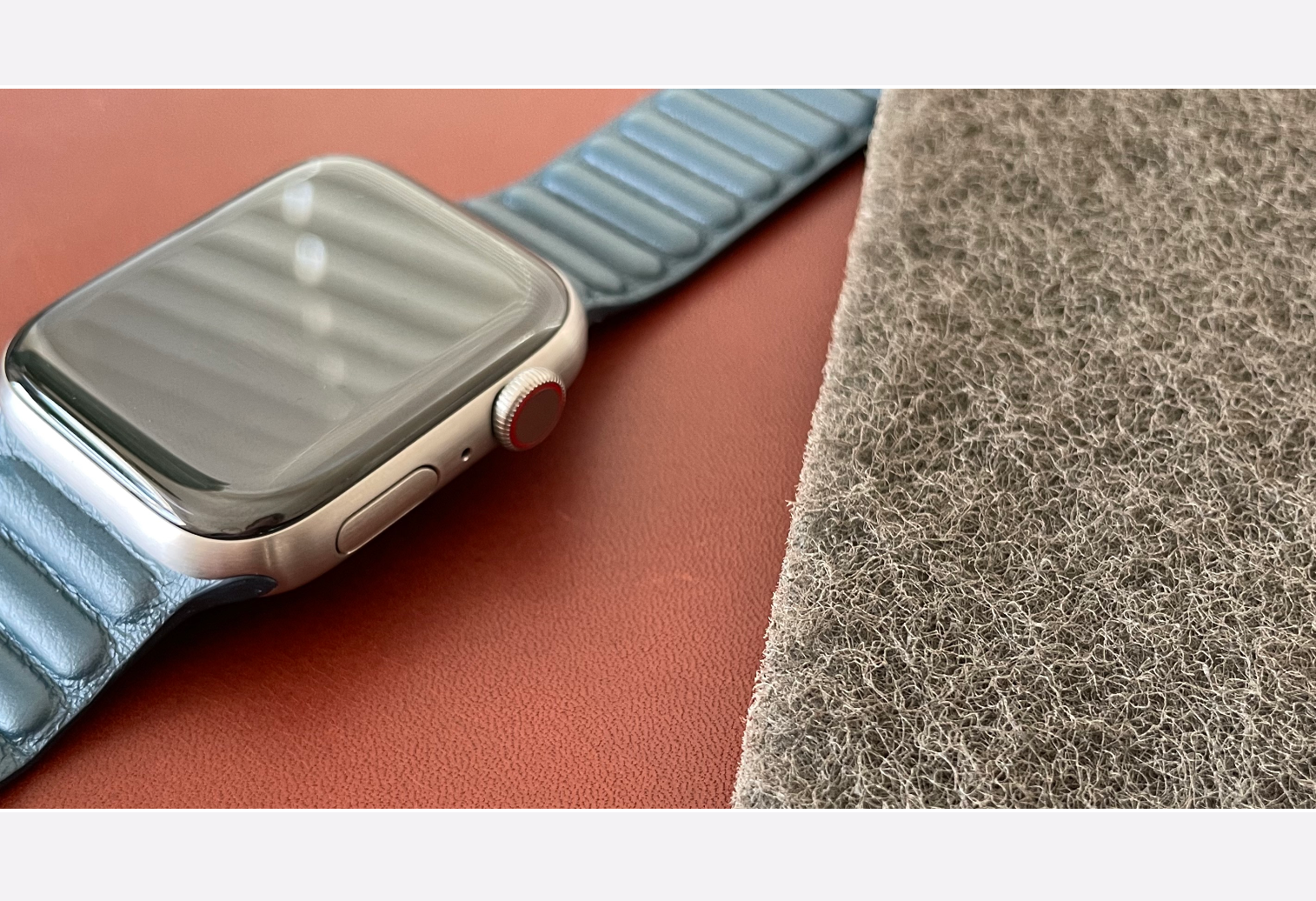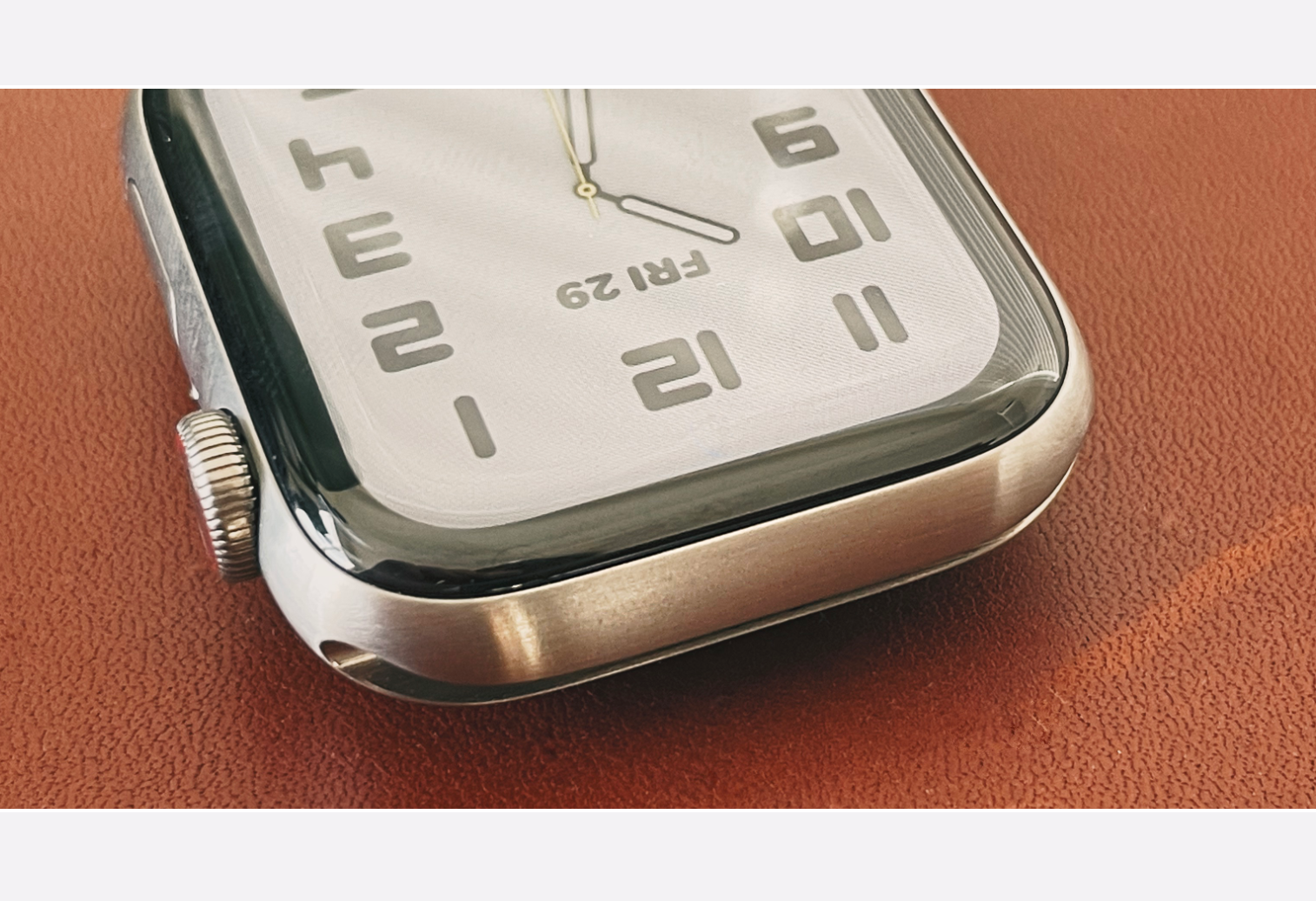Ti Scratch
Took the (barely) calculated risk of trying to repair a scratch on my Titanium Apple Watch…
When considering the purchase of a titanium Apple Watch, my biggest reservation was its durability. The Apple Watch (any model really) is a significant tech purchase, and that's even truer for the stainless steel or Edition models. My fear with the titanium watch was that it would eventually scratch, and owing to the brushed texture of the casing, I wouldn't be able to repair the mark. With a stainless steel case, this wasn't an issue since it is a lot easier to polish a metal to remove abrasions than attempt to match the metal’s brushed texture - risking to either polish out the brushed surface or brush it in a way that fails to match the rest of the case.
See scratch, cue panic.
So when I noticed a .5" scratch alongside the top of my watch case Friday morning, I had a choice: stoically embrace the scratch as an inevitable mark of a watches' character, or scoff in the face of acceptance. I chose the latter, and went about finding any means possible of restoring the watch to its former brushed glory!
Step 1. Secure the Goods
$800 watch meet $2 scratchy pad!
First, I rummaged through the house to find the synthetic steel wool I'd first purchased back in September when I attempted to restore the brushed texture to my Apple Watch Link Bracelet. That was quite successful, so I was banking on lighting striking twice and that the synthetic steel wool would rise to the occasion once again.
I ended up using a Grade '000' extra fine synthetic steel wool sanding pad (I’ve also seen another pad used & posted about online). Please don't ask what the difference between a synthetic and actual steel wool is, or whether a Grade '00' or '0000' would have done the job better. There was only a minimal amount of research and planning that went into this repair; a real 'don’t measure, just cut' operation.
Step 2. Go Straight Dammit
Tape is on & we’re ready to slide.
The next step involved taping the top of my sapphire display. I wasn't concerned about the sapphire being scratched by the sanding pad, but I wasn't about to risk it by fixing one problem while creating another.
Finding the direction of the brushed texture, I lowered the Apple Watch onto the scrubbing pad and began to slowly, with moderate downward pressure, slide the Apple watch down the length of the sanding pad. Since "brushing" is a fancy way of saying "scratching", starting with minimal pressure and increasing pressure with each pass might be the smarter way to go.
It is essential to keep the path as straight as possible, as deviating risks creating a diagonal/wavy pattern inconsistent with the rest of the watch. It took me about 5 seconds to run the Apple Watch down the pad's length, a step I repeated 3-4 times.
Step 3. The Verdict
After only 3-4 passes, the scratch had faded entirely, resulting in a brushed texture that blends perfectly (like 99%) with the rest of the watch. If I bring the watch to within an inch of my face and squint really, really hard while in perfect lighting, I am able to discern that the brushed texture I created is ever so slightly fainter than Apple's handiwork, but by any casual glance, this difference is imperceptible.
I have no regrets about the repair (because it worked out this time) and completely understand someone's hesitancy towards doing this with their titanium watch. Your results may vary, and besides, a lot of people are pretty nonplused by having a few marks develop on their timepiece across time ("it adds character"). I was luckier than I was smarter in attempting this little DIY, and fortunately, luck worked out in my favour! The scratch was shallower than I had anticipated and managed to get repaired with only a few passes on the sanding pad.
If you are contemplating undertaking a repair, you might also want to strongly consider taking the watch to a jeweller who has more skill and resources on hand (in addition to less anxiety) to do an even better job than I was able to perform.





